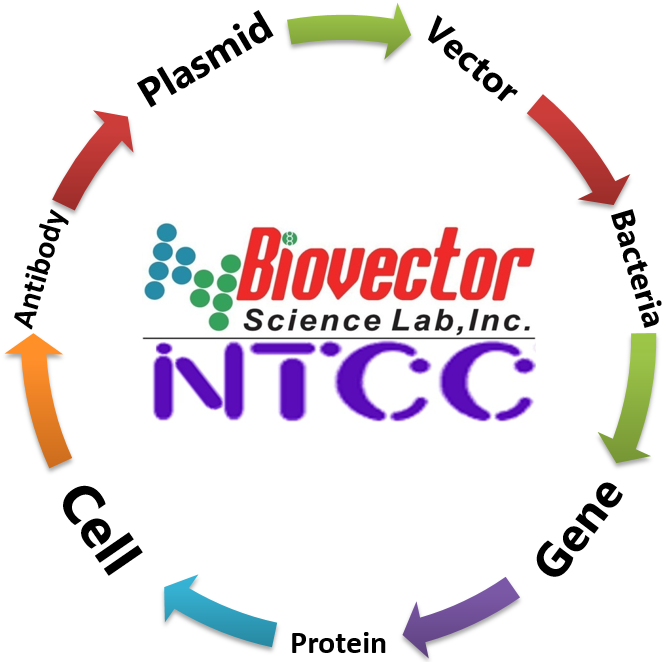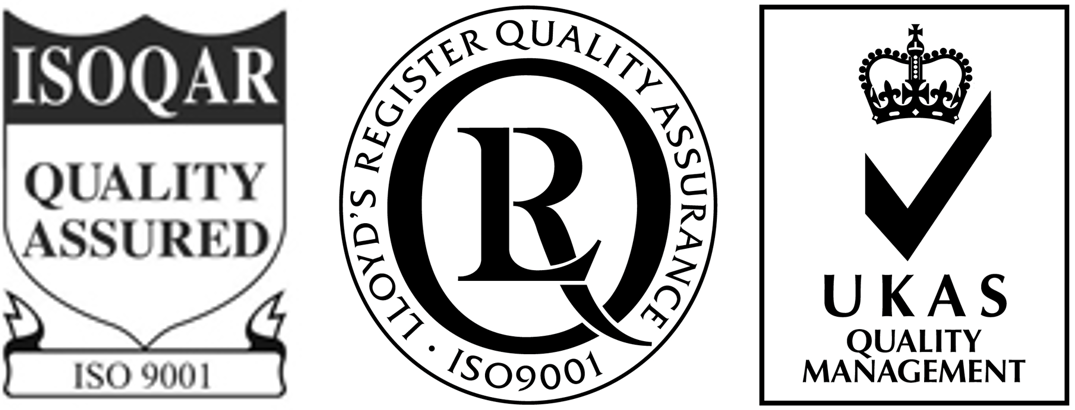BA/F3_SLC34A2-ROS1 G2032R激酶Kinase穩(wěn)定表達(dá)細(xì)胞株-BioVector NTCC保藏中心
- 價(jià) 格:¥0
- 貨 號(hào):BA/F3_SLC34A2-ROS1 G2032R
- 產(chǎn) 地:北京
- BioVector NTCC典型培養(yǎng)物保藏中心
- 聯(lián)系人:Dr.Xu, Biovector NTCC Inc.
電話(huà):400-800-2947 工作QQ:1843439339 (微信同號(hào))
郵件:Biovector@163.com
手機(jī):18901268599
地址:北京
- 已注冊(cè)
BA/F3_SLC34A2-ROS1 G2032R激酶Kinase穩(wěn)定表達(dá)細(xì)胞株-BioVector NTCC保藏中心
I. Introduction
Cell Line Name:
BA/F3_SLC34A2-ROS1 G2032R
Host Cell:
Ba/F3
Stability: 16 passages
Application:
Anti-proliferation assay and PD assay
Freeze Medium:
90% FBS+10% DMSO
Complete Culture Medium:
RPMI-1640+10% FBS+1 ug/ml puromycin
Mycoplasma Status:
Negative
II.Background
Approximately 2% of lung tumors harbor ROS1 fusions (Bergethon et al. 2012). Like ALK fusions, ROS1 fusions are more commonly found in light smokers (<10 pack years) and/or never-smokers. ROS1 fusions are also associated with younger age and adenocarcinomas (Bergethon et al. 2012).
In preclinical models, ROS1 fusions are associated with sensitivity to tyrosine kinase inhibitors that have 'off-target' activity against ROS1, such as crizotinib (Bergethon et al. 2012; Davies et al. 2012). In addition, two patients—a previously treated metastatic NSCLC patient and a 65-year-old never smoker NSCLC patient—with tumors harboring ROS1 fusions have had partial responses to crizotinib (Bergethon et al. 2012; Davies et al. 2012). In an expansion cohort of a phase I study, 50 patients with ROS1-positive NSCLC demonstrated a 72% response rate and 19.2-month median progression-free survival interval when treated with crizotinib (Ou et al. 2013; Shaw et al. 2014). In a European case study, 32 ROS1-positive NSCLC cases treated with crizotinib were retrospectively reviewed, and an 80% response rate and a 9.1-month median progression-free survival interval was calculated in this cohort (Mazières et al. 2015).
Several different ROS1 rearrangements have been described in NSCLC. These include SLC34A2-ROS1, CD74-ROS1, EZR-ROS1, TPM3-ROS1, and SDC4-ROS1 (Figure 1; Davies et al. 2012; Rikova et al. 2007; Takeuchi et al. 2012). Clinically, the presence of a ROS1 rearrangement is detected by fluorescence in situ hybridization (FISH) with a ROS1 breakapart probe. FISH testing is not able to discern which particular ROS1 fusion is found in a clinical sample.
ROS1 rearrangements are non-overlapping with other oncogenic mutations found in NSCLC (e.g., EGFR mutations, KRAS mutations, ALK fusions, etc.; Bergethon et al. 2012).
III. Representative Data
1. Anti-proliferation assay
Figure 1. Anti-proliferation assay of two reference compounds on the Ba/F3_SLC34A2-ROS1 G2032R Stable Cell Line
IV. Thawing
Thawing: Protocol
1. Remove the vial from liquid nitrogen tank and thaw cells quickly in a 37°C water-bath.
2. Just before the cells are completely thawed, decontaminate the outside of the vial with 70% ethanol and transfer the cells to a 15 ml centrifuge tube containing 9 ml of complete growth medium.
3. Pellet cells by centrifugation at 200 x g force for 5 min, and discard the medium.
4. Resuspend the cells in complete growth medium.
5. Add 10 ml of the cell suspension in a 10 cm dish.
6. Add promycin to a concentration of 1 μg/ml the following day.
Kinase細(xì)胞株
現(xiàn)代新藥研發(fā)的關(guān)鍵首先是尋找,確定和制備藥物作用靶點(diǎn)。在500多個(gè)已發(fā)現(xiàn)的藥物靶點(diǎn)里中,GPCR,Ion Channel,Kinase使用的最為廣泛。
激酶(kinase)是一類(lèi)從高能供體分子(如ATP)轉(zhuǎn)移磷酸基團(tuán)到特定靶分子(底物)的酶;這一過(guò)程謂之磷酸化。許多腫瘤的發(fā)生是由某些與生長(zhǎng)相關(guān)的“激酶”發(fā)生突變導(dǎo)致異常活化引起的,因而針對(duì)這些突變激酶的抑制劑能夠有效抑制這些激酶的活性,從而達(dá)到抑制癌細(xì)胞增長(zhǎng)的目的。
BioVector NTCC質(zhì)粒載體菌種細(xì)胞蛋白抗體基因保藏中心
電話(huà):+86-010-53513060
網(wǎng)址:www.biovector.net
您正在向 biovector.net 發(fā)送關(guān)于產(chǎn)品 BA/F3_SLC34A2-ROS1 G2032R激酶Kinase穩(wěn)定表達(dá)細(xì)胞株-BioVector NTCC保藏中心 的詢(xún)問(wèn)
- 公告/新聞




